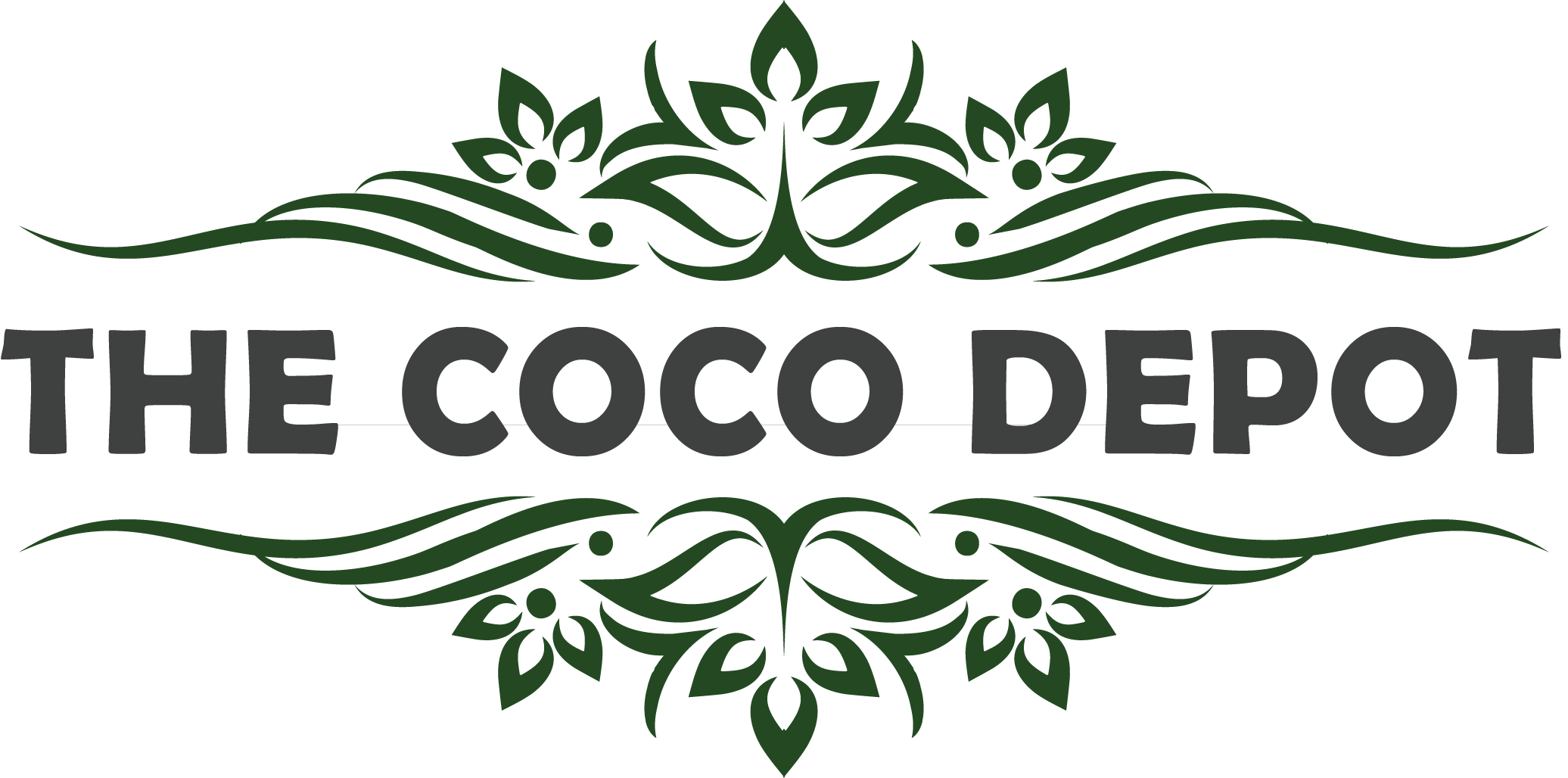Coconut coir is a raw essence derived for coconut shells. In the late 19’s coco coir were rediscovered as organic, user-friendly and a substantial byproduct of coconut fibers.
Coco coir are largely produced in Asia, predominantly in Sri Lanka and India. Also in countries like Indonesia, Thailand, Malaysia, Vietnam and Philippines Coir industries play a significant role.
Coconut Coir is obtained by a series of processes under a certain structure and standard level of production.
Collection
The manufacturer always tends to collect freshwater coconuts as the coconut grown in salty ocean will have high levels of salt saturation.
Coconut extracted from the trees are stored for six or more weeks for the Curing process.
Dehusking
The fully matured brown fiber coconuts are separated from the hard shell by the process called dehusking, while the tender white fibers are extracted from coconut shell retting.
Pre-washing
After extraction, curing and dusking, coconut husks are suspended in water for about ten months where the microorganisms break down the plant tissue softening the fiber, salts dissolve and ensuring the neural pH.
Defibering
Later coconut husks undergo de-fibering, where the machines are designed to separate fibers of different length making them easily accessible for various uses; and coco peat is obtained as a by-product of fiber extraction.
Sieving and Drying
Any remaining unwanted fibrous material is removed by sieving, and the end product, coco pith are dried under natural sunlight. The point to note here is, the drying of coco pith affects the quality of coco peat. If machine dried- the fibers become compact dust when compressed.
Finally, the mixture of coco peat and fibers are compressed to form blocks or supplied as free mulch.
Coir by-products are classified based on featured production,
The string of fibers derived while defibering the coir. Coco fibers have high aeration volumes that are loosely bound. Fibers are mainly upholstered in mat industries, embedded in ecological logs, nettings and crashed to synthesis coir pots and gardening accessories.
The crunched hybrid product of coco peat and coco fiber. Coco chips are highly absorbent, easy usable and static free, thus widely deployed in bedding arena of serpents and reptiles
The mass of finely grounded coconut husks. Coco peat is a compact, natural wetting agent and with neutral pH is most suited as grow media in the hydroponic system and soil amendment is all horticulture, greenhouse industry.
Also used as substrate in Vermiculture, Equine and reptile bedding.
Coco coirs are produced and crafted to meet the needs of environmentally conscious individuals and corporations, who are enticed by the seemingly uncountable benefits of coco products.

